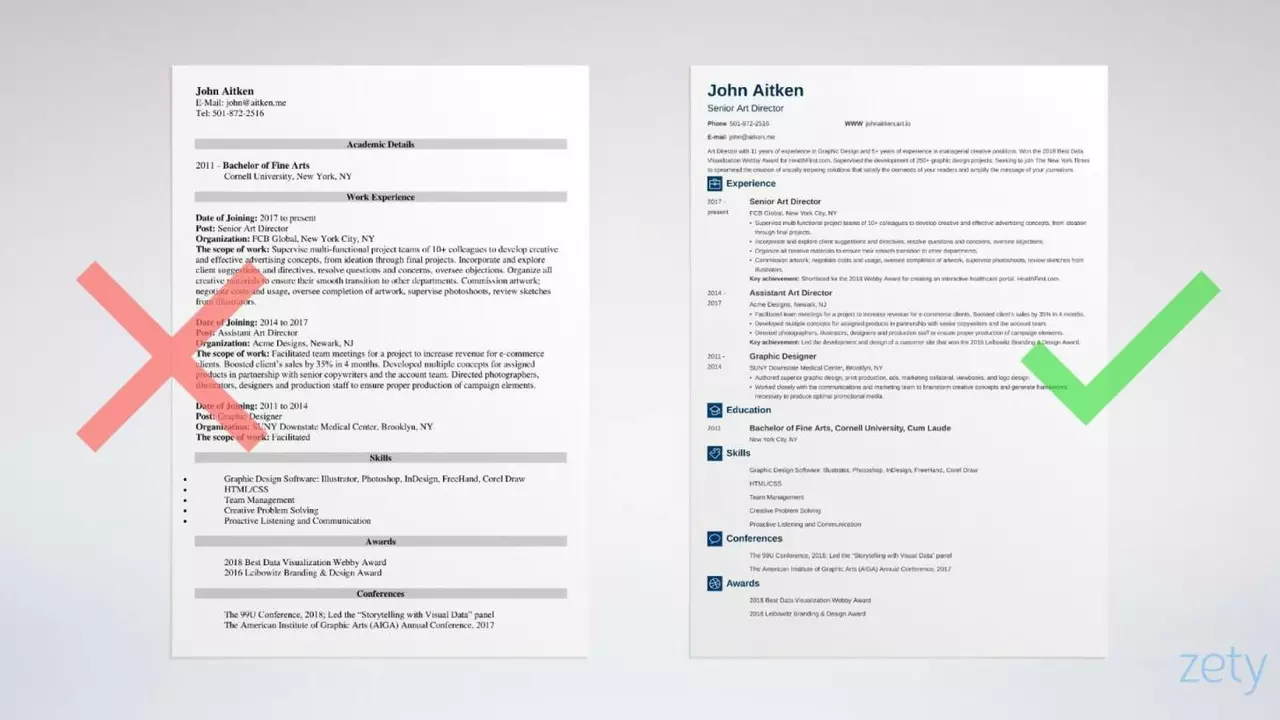Job Application Tips: Boost Your Chances Fast
Applying for a job can feel like a guessing game, but it doesn’t have to be. The key is to treat each application like a mini‑project: prepare, personalize, and follow through. Below are the exact steps you can start using today to make your paperwork stand out and get you the interview call.
1. Craft a Targeted Resume
First off, stop sending the same generic resume to every posting. Scan the job description for the three‑to‑five skills the employer repeats. Then, rearrange your bullet points so those keywords appear at the top of each relevant section. Use action verbs and numbers – e.g., “increased sales by 20% in six months” – to show impact quickly.
Don’t forget the ATS (Applicant Tracking System). Most companies run your file through software that looks for exact phrases. Match the wording from the ad, but keep it natural. A clean layout with standard headings (Work Experience, Education, Skills) helps the system read your file correctly.
2. Write a Persuasive Cover Letter
Think of the cover letter as your personal video pitch, but in text. Open with a hook: mention a recent company achievement or a shared connection. Then explain why your specific experience solves the problem they highlighted. Keep it under 250 words – hiring managers skim, so stay concise.
End with a call to action: “I’d love to discuss how my background can help [Company] reach its goals. Can we set up a quick call next week?” This shows confidence and makes it easy for them to respond.
Even if the job posting says “no cover letter needed,” attaching a short one can give you an edge. It signals you’re willing to put in extra effort.
3. Nail the Online Application
When you fill out the web form, copy‑paste only the sections the system asks for. Some portals auto‑fill fields from your uploaded resume; double‑check for errors. Use the same language you used in your resume and cover letter to keep consistency across the application.
If the site lets you add optional information (e.g., a portfolio link or a short bio), include it. A link to a personal website or a LinkedIn profile with a polished headline can reinforce your brand.
4. Prepare for the Interview
Once you land an interview, treat it like a second application. Research the company’s latest news, product launches, or market moves. Write down three stories that illustrate your biggest achievements and practice answering “Tell me about a time you…” questions.
Dress appropriately – even virtual interviews matter. Test your camera, mic, and internet connection 15 minutes before the call. Have a notebook handy to jot down the interviewer's name, role, and any follow‑up actions they mention.
5. Follow Up Like a Pro
Send a thank‑you email within 24 hours. Keep it brief: thank them for their time, recap one key point you discussed, and restate your enthusiasm for the role. If you promised to send additional material (a portfolio sample, a reference list), attach it right away.
Finally, track each application in a simple spreadsheet. Columns for company, date applied, contact name, and status help you stay organized and know when to send a polite check‑in.
Applying for jobs doesn’t have to be a wild goose chase. By customizing your resume, writing a punchy cover letter, mastering the online form, acing the interview, and following up smartly, you’ll move from “just another applicant” to “the candidate they want to hire.” Give these steps a try on your next application and watch the response rate climb.

What is a good resume for a content writer?
by Davion Strider / 12 Jul 2023A good resume for a content writer should highlight their knack for creating engaging and SEO-friendly content. It's crucial to showcase their experience across various platforms and genres, demonstrating versatility. Their resume should also emphasize any relevant degrees or certifications, such as in journalism or creative writing. The inclusion of links to published work will give potential employers a direct taste of their writing style and proficiency. Lastly, any experience with content management systems or digital marketing tools can further strengthen their application.


